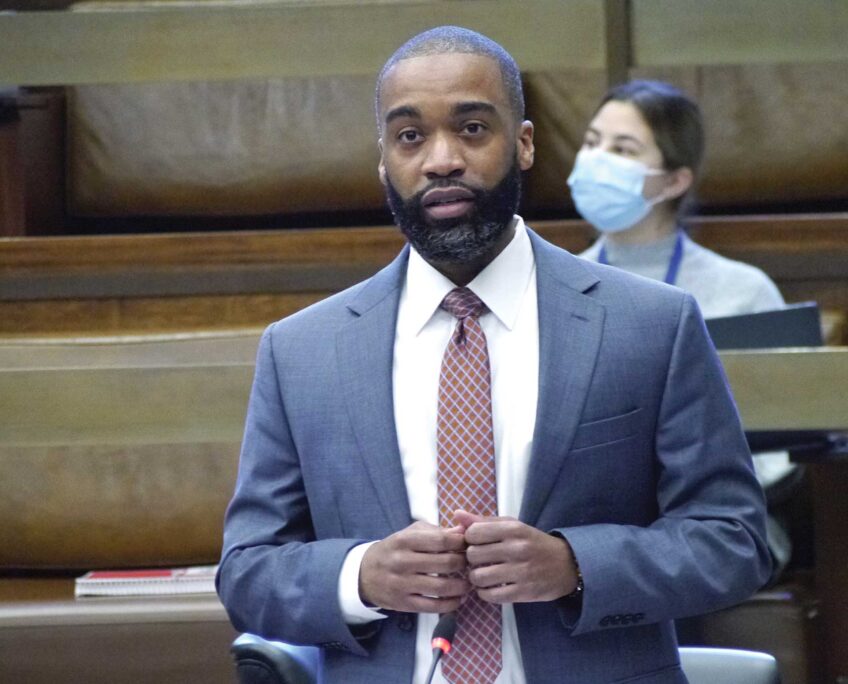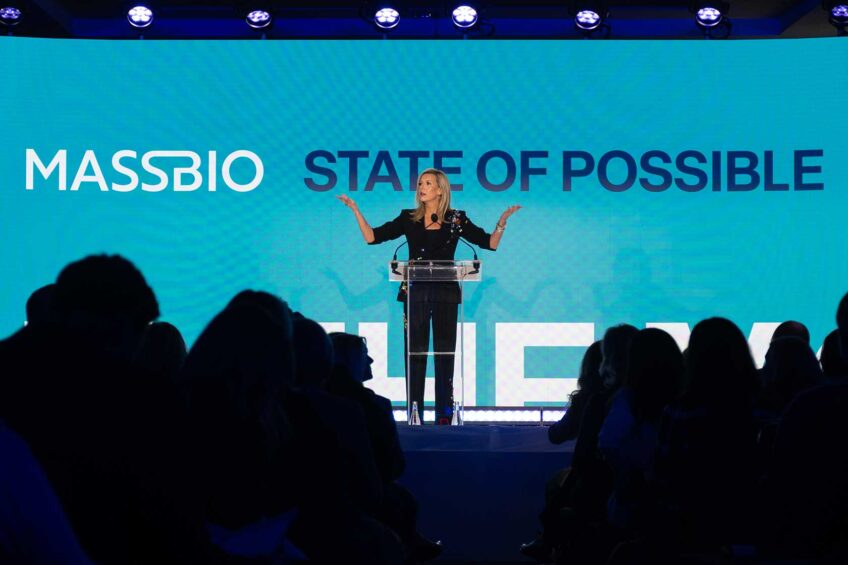UMass faces tuition hikes amid funding shortfalls
Decades of cuts led to increased tuition, fees
University of Massachusetts students are set to face a hike in tuition this fall after the Legislature failed to pass a budget that would have included the funding amount requested by the UMass system.
Tuition has risen steadily as the Legislature has cut public higher education funding in recent decades. According to University President Martin Meehan, the average annual increase in tuition over the past decade was 3 percent, with undergraduate students facing a 2.5 percent increase this fall.
Although this increase may not seem large, James Cordero, vice president of the Public Higher Education Network of Massachusetts (PHENOM), explained that it signifies a larger problem with the state of public higher education in Massachusetts.
“The recent tuition hike doesn’t come as a surprise, given the state appropriations are up to $10 million short of what the UMass system had requested,” Cordero told the Banner.
“The fact is that since 2001, per-pupil spending on public higher education in Massachusetts has fallen by about 32 percent,” he said. “The cost of college has more than doubled. This is just one example of the cost of college continuing to rise out of control.”
Cordero explained the practical implications of a lack of affordability for public higher education in the day-to-day lives of students.
“About one in four UMass Amherst students and about 30 percent of public college and state university students across Massachusetts are food insecure, meaning that they’re not sure where they’re going to get their next meal,” he said. “They might have to use food pantries.”
Food insecurity can also impact students physiologically — because they have fewer meals and poorer mental health — thereby making it harder to focus on school.
In addition to food, another main concern among low-income students is housing.
“About one in 10 students in Massachusetts across the state is homeless,” Cordero said. “So if a student is trying to make ends meet and can pay the rent somewhere, these increasing [college] costs could be what results in them no longer being able to do that. Their options financially are to live out of their car for a semester or sometimes even longer.”
Adding to long-range problems for both students and the economy, one option many students use as costs continue to increase is taking out additional loans to finance their education.
“When it comes to putting
on more loans — which has increasingly been the answer for students as costs have risen so dramatically — the result of that is long-term economic stagnation,” Cordero said.
Cordero noted legislation at the state level that would alleviate the student debt crisis. The Cherish Act, for one, would restore state funds for public higher education to the 2001 funding level.
“The beginning of 2001 was when per-pupil expenditure started declining so rapidly,” he noted.
Another piece of legislation PHENOM supports, known as the Debt Free Future Act, guarantees Massachusetts residents debt-free college education.
Cordero notes that most student debt is held by women and disproportionately by people of color.
“That debt is preventing people from going about their lives and starting families or opening businesses or taking out mortgages,” he said.






